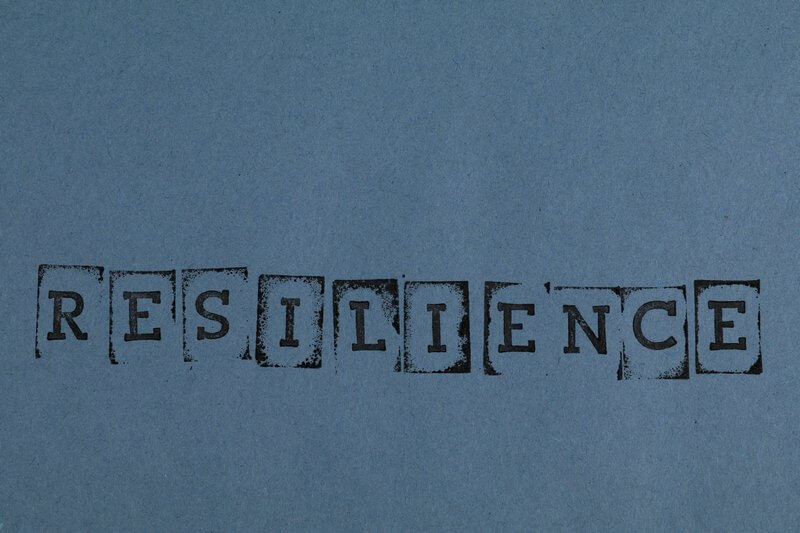
Business Continuity after the pandemic
Many of us are looking ahead to determine what to expect when COVID ends. In my last blog, The End of Business Continuity As We Know It, I shared why I believe business continuity practice is evolving. Today, I am considering business continuity’s future. No discipline can remain static and continue to be relevant. I spoke of COVID being a watershed for our industry and that major disaster events like this cause irreversible change.
The saying that nothing remains the same applies here. Twenty years after 9/11, all of us recognize that the incident changed business continuity practices. It was once tricky to convince businesses to invest in location loss strategies and hot seats. All of that changed after the disaster. The Y2K bug helped propel investment in a still widely unknown discipline, disaster recovery, mainly focused on restoring data access and IT infrastructure. Natural disasters like Hurricane Katrina in the US rocked the nation that had once thought it could handle its events well. These, along with other incidents, were milestones that compelled the field to develop beyond its previous bounds.

Increasing focus on organizational resilience
It is essential to progress business continuity after the pandemic ends. With COVID cases on the rise globally, we want to remain vigilant but consider how to build future resilience—remembering that even well-prepared countries can experience disaster events that precipitate parallel crises. The 2011 Japanese Tsunami is one example. These events demand we continue to advance with the changing environment.
Adopting an organizational resilience mindset is vital, and business continuity practitioners play a pivotal role in coordination across business functions. Although it is impossible to prepare for every event, we need to encourage our colleagues to be more flexible and adaptable. In short, companies need agility to respond to the unexpected.

Rise of operational resilience
While we are shoring up the overall resilience capabilities of a company, we also need to pay special attention to the health of critical services. We can adopt concepts leveraged by other functions, like corporate plasticity, and combine it with functional excellence to ensure business units can bounce back after interruptions. Doing this is crucial as we consider what to expect after COVID ends because the business learned that most functional groups no longer rely upon in-office presence.
Leveraging operational resilience can be helpful for you to understand impact tolerances and existing service gaps ahead of time. I mentioned this in my blog; a Customer Focus Means Enhanced Resilience. There is a rising expectation that we continue to fulfill customers’ service needs regardless of crisis events. And, if we are unable to do so, we should be aware of why and have tested recovery strategies.

Greater focus on business continuity
For many organizations, COVID brought the value of business continuity to the limelight. We have to capitalize on this moment to move the entire business to an adaptable framework. More now than ever, I hear business partners evoking the terms business continuity and resilience. Now is the time to permanently embed the attitude into everyday business operations.
Business continuity participates by having already documented workarounds by function and mapped dependencies. It is helpful to roll up processes into a service-level view to understand potential impacts along the continuum. I see coordinating with risk management as a natural evolution of the field. The business understands our capabilities and values our dataset.

Inter-disciplinary teams become unified
A significant lesson learned from COVID is that companies proved that most service operations could recover from a home office. However, working from home has its risks. Power and network outages become a greater peril to operations when employees work remotely. Although some may be able to surge back into office space, safety issues may prevent that approach. Reliance upon internet technology and networks is more crucial than ever, making it vital that planning and crisis response groups collaborate to benefit the business.
The various departments bring their expertise to the table when an incident happens. Debriefs are indicating that events have multi-pronged impacts operationally. So, it is a no-brainer that IT, communications, safety, security, business unit representatives, risk, and business continuity work together. Companies that thrived during the pandemic were those that took a unified approach to crisis response.

Handshakes and head-shakes
Handshakes may be a thing of the past after the pandemic. However, head-shakes are not. Whether during online video or face-to-face meetings, everyone can interpret the value of a positive head-shake. It’s typically a universal sign of agreement. We want to encourage and continue this movement in business continuity’s favor.
Many of us laid a robust framework during COVID. Companies appreciated our dedication in the twenty months since the WHO was alerted to the ‘viral pneumonia’ in Wuhan, China. There’s been an explosion in the job market, as companies understood (finally) the value of a strong business continuity program. But we cannot be satisfied with past success and do nothing to achieve further success. My call to action to all of us is to continue to improve and innovate post-pandemic.
